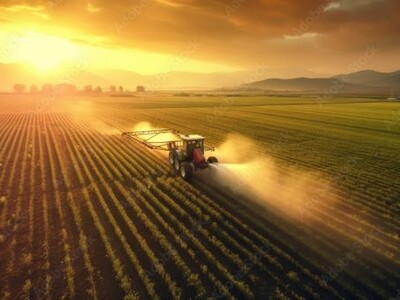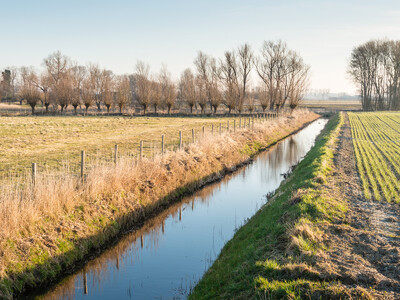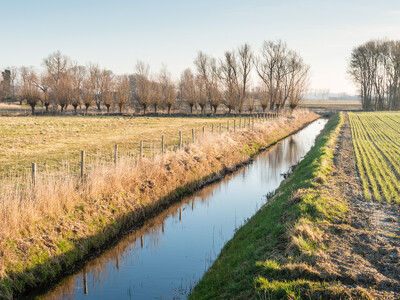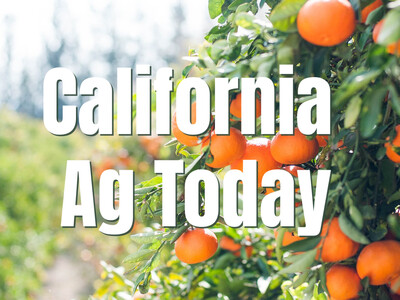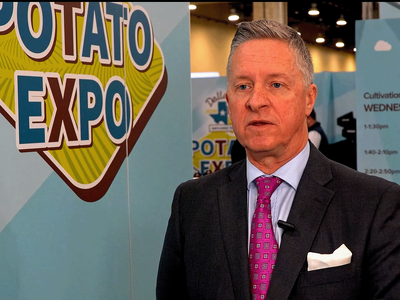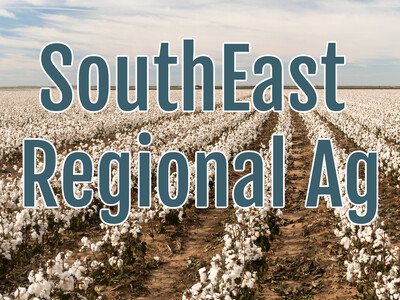Merrigan Talks Food Hubs
Merrigan Talks Food Hubs. I’m Greg Martin with today’s Line On Agriculture.
A lot of people like to spend a morning shopping at their local farmer’s market for the rich variety of local products. The USDA is taking the idea another step further. On Friday, USDA’s Deputy Secretary Kathleen Merrigan announced details on a new food hub guide. She says...
MERRIGAN: It’s a great idea. So here’s the problem statement, right? You’ve got small guys, mid-size guys; they want to do something beyond direct marketing at the farmers market or direct marketing arrangement they might have with a restaurant. They want to get into the intermediated market - scale up to institutional buyers of considerable size but they don’t have the volume, they don’t have the cold storage, they don’t have the light processing equipment. They just can’t do it on their own.
She looks at it from the other side.
MERRIGAN: You’ve got the big institutions - they’re hearing from their customers, we want locally grown food whether it’s a college or university, a hospital, a retail store but they don’t have all of the network in place and they don’t want the expense in place of trying to figure out how to deal with all these small size farmers. Enter the solution of food hubs.
Merrigan explains what a food hub is.
MERRIGAN: A food hub is a business or organization that actively manages the aggregation, distribution and marketing of source identified food products, primarily from local and regional producers. So they’re the ones, the glue, the dealmakers. The pull it together so it all works. My friends in retail and some of the supermarket chains say they haven’t seen a food trend like this in their entire professional lives.
Most food hubs are physical locations with the exception of the Portland hub which is a virtual hub. Merrigan says the food hub guide is available online.
MERRIGAN: If you go to usda.gov you’ll find access to this resource guide. We actually have a whole website devoted to food hubs that includes a lot of different materials. Just go to usda.gov and it will bring you there and you’ll find a wealth of materials. The other thing people can do is go to the Know Your Farmer - Know Your Food blog and a lot of people are on that and will be talking about the food hub resource guide there.
In June they will be adding food hub locations to their online map.
That’s today’s Line On Agriculture. I’m Greg Martin on the Ag Information Network.





